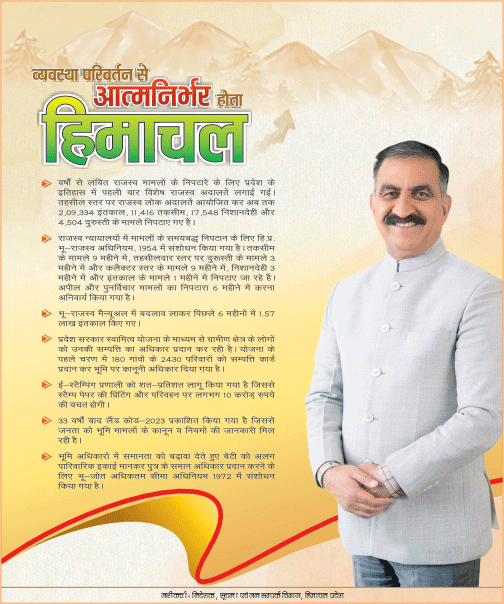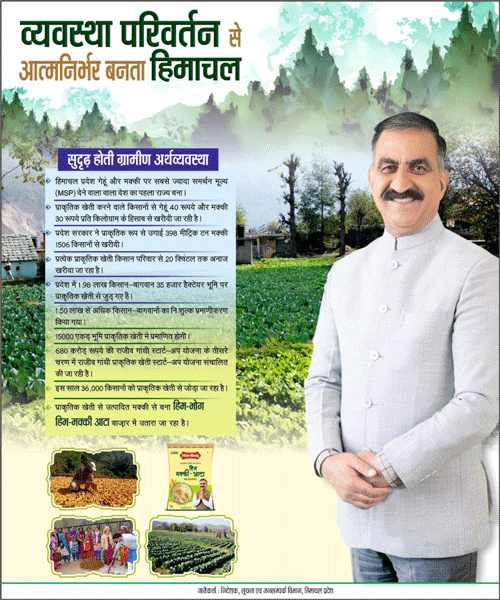As a murderously hot summer comes to a close, India’s meteorological department predicts that monsoons will arrive later this week in the southern state of Kerala. Thus bringing a sigh of relief. Over two-fifths of the country’s land area, affecting some 500m people, is facing drought. Ten cities in North India were among the world’s 15 hottest places on June 2nd-3rd. Pre-monsoon showers have been the lowest in a decade, making this the second-driest spell in 65 years. A good drenching will cheer farmers still recovering from last year’s below-normal rains. Over two-thirds of India’s farmland have no irrigation and rely on rainfall, 70% of which comes between June and September. Reservoirs are running dry. The western state of Maharashtra, among the worst affected, has deployed over 6,000 trucks to drip-feed 15,000 villages.
“India face the worst water crisis in its history, and 21 Indian cities will run out of groundwater by 2020, stated a report from the NITI Aayog–a government think tank–in 2018, highlighting the need for “urgent and improved” management of water resources.
Even that the country had normal monsoon last year yet the water situation has become so grim in many parts, stated experts. Now the Indian Meteorological department (IMD) has predicted near normal monsoon for the current year , but if measures not taken in time, then the situation might not change much, they added. As per the NITI ayog report current situation is that groundwater in India has depleted at 10-25 mm per year between 2002 and 2016. Average rainfall declined, from 1,050 mm in the kharif — summer cropping–season of 1970 to less than 1,000 mm in kharif 2015. Similarly, in the winter cropping, or rabi season, average rainfall declined, from Rs 150 mm in 1970 to about 100 mm in 2015. Dry days/ days without rainfall during the monsoons have increased, from ~40% to 45% in 2015.
As per the report (in 2018) most states did well on infrastructure-heavy themes of ‘major and medium irrigation’ and ‘watershed development’, and have also enacted policies in line with the recommendations on the ‘policy and governance’ theme. However, they were lagging on the critical themes of ‘source augmentation’ (groundwater), ‘sustainable on-farm water use practices’ and ‘rural drinking water’.
In a survey conducted on groundwater augmentation, 10 of the 24 states in the country scored below 50%, highlighting the worsening situation. “54% of India’s groundwater wells are declining,” said the report.
Performance around groundwater augmentation can significantly improve with strengthening of groundwater regulations and strict implementation on the ground. Steps like improvement of monitoring network and continuous monitoring of groundwater level and groundwater quality, strict implementation of rain water harvesting, afforestation and continuous operation and maintenance of the same will also help manage groundwater better.
Perhaps this oncoming monsoon is the best time to implement basic rainwater-harvesting techniques like trapping monsoon runoff and building check dams, which help replenish groundwater and help improving the situation for the future.
Are we prepared?








